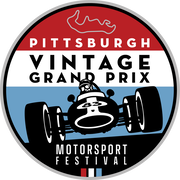|
by Bernard Martin PITTSBURGH, — The Pittsburgh Vintage Grand Prix (#PVGP) is delighted to unveil the theme for the 2024 Proiettore Macchina at the Cortile Italian Car Show: AUTOVETTURE PICCOLE. This Italian phrase, translating to "small cars," celebrates the elegance and innovation found in compact Italian automobiles. The PVGP Cortile invites enthusiasts to explore the charm and craftsmanship of small Italian cars that have left a lasting impact on automotive design. From iconic microcars to stylish compact models, this theme promises to showcase the diversity and ingenuity of Italian automotive engineering.
Participation and Highlights Owners of AUTOVETTURE PICCOLE are encouraged to participate in the Cortile Italian Car Show, contributing to the vibrant display of Italian automotive excellence. The event promises a captivating experience for both participants and spectators. How to Participate For those wishing to showcase their AUTOVETTURE PICCOLE at the Cortile Italian Car Show, registration details and additional information can be found on the the registration link which will open in January 2024. Below is a list of cars that we want to invite to our 2024 event. Did we miss anyone? Let us know in the comments! Abarth
Alfa Romeo
Autobianchi
Fiat
Innocenti
Lancia
2 Comments
by Bernard Martin and Chat GBT PITTSBURGH, PA (March 14, 2023) The Pittsburgh Vintage Grand Prix is proud to announce that Ferrari and N.A.R.T. – North American Racing Team, will be honored as Marque of the Year at the 2023 event. The two entities have a rich and fascinating history inextricably intertwined with Pennsylvania, and their association has led to some of the most memorable moments in the world of motorsports. Ferrari, one of the most iconic and successful brands in motorsports, has been a timeless symbol of speed, power, and passion. Enzo Ferrari, the founder of the company, began his career as a test driver for a small car company in Milan and later worked for Alfa Romeo as a racing driver and team manager. In 1929, he established the Scuderia Ferrari racing team to support and develop race driver talent, which quickly became one of the most successful teams in the sport. After dissolving Scuderia Ferrari in 1937, Enzo Ferrari founded Auto Avio Costruzioni, which produced the first Ferrari-badged car in 1947. Ferrari quickly established itself as a dominant force in racing, winning numerous races and championships in Formula One and other international motorsports events. 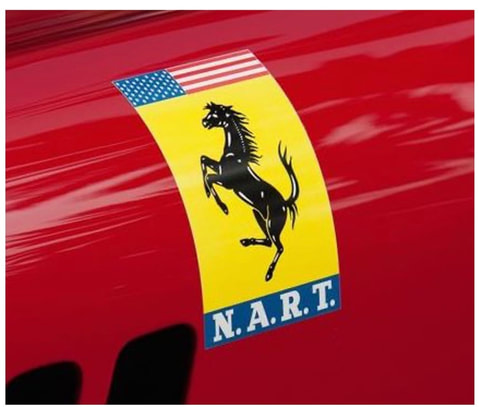 Photo courtesy Victor Varela / Sports Car Digest Photo courtesy Victor Varela / Sports Car Digest Luigi Chinetti Sr. played a significant role in Ferrari’s early success in America. He was appointed as the official importer of Ferrari cars to the United States in the late 1940s, and his passion for the brand and belief in the potential of American drivers and teams led him to establish the North American Racing Team (NART) in 1958. NART was the only American team to ever compete in the 24 Hours of Le Mans, and it was involved in other international motorsports events such as the 12 Hours of Sebring and the 24 Hours of Daytona. NART’s partnership with Ferrari was essential in promoting Ferrari in the American market, and it had a lasting impact on the sport. NART’s most famous achievement was winning the overall victory at Le Mans in 1965 with a Ferrari 250LM driven by Jochen Rindt, Masten Gregory, and Ed Hugus. Coincidentally, Ed Hugus was born in Pittsburgh and raced at LeMans 10 times and later opened a Pittsburgh auto dealer that built the first three Shelby Cobras. He also helped establish the Steel Cities Region of the SCCA. The team also won the 12 Hours of Sebring in 1968 and 1970, and its drivers included notable names such as Pedro Rodríguez, Mario Andretti, and Phil Hill. The 2023 Pittsburgh Vintage Grand Prix will showcase the rich history and legacy of Ferrari and N.A.R.T. Many chapter members of the Ferrari Club of America from throughout North America have already committed to congregating in Pittsburgh for Tifosi-centered events. The events are expected to attract a vast number of motorsport enthusiasts and will feature a wide range of activities, including car shows, races, and exhibitions. Click this link to see all of the 2023 Events for Ferrari July 14-23 Race WeekThe PVGP features two weekends of racing. The first weekend is the Historics at Pittsburgh International Race Complex. The second weekend features vintage racing on a 2.33-mile road course through the streets of Schenley Park in front of 100,000 fans and 3,000 show cars on the Bob O’Connor Golf Course. Between the race weekends there are numerous car shows, parties, rallies, and parades. See the entire 10-Day Calendar of Events. CONTACTS:Dan DelBianco (412) 559-3500 delbianco@pvgp.org Bernie Martin (412) 996-5700 bernardtmartin@pvgp.org About the PVGPBegun in 1983, the Pittsburgh Vintage Grand Prix Motorsport Festival features two weekends of racing action. The first weekend is the PVGP Historics at Pitt Race. The second weekend is racing on a 2.33-mile road course set on the streets of Schenley Park. Between the race weekends there are car shows, parties, car shows road rallies, and more. The PVGP is a volunteer driven event with 1,200 volunteers. The PVGP is a volunteer driven 501 (c) (3) non-profit organization with a mission to provide residential care, treatment and support for people with autism and intellectual/developmental disabilities. Since 1983, $6.4 million has been donated locally to Autism-Pittsburgh and Merakey Allegheny Valley School.
The Pittsburgh Vintage Grand Prix (#PVGP) is is very excited that Ferrari and N.A.R.T. - North American Racing Team, will be honored as Marque of the Year at the 2023 motorsports festival. The two entities have a rich and fascinating history inextricably intertwined to Pennsylvania, and their association has led to some of the most memorable moments in the world of motorsports. Several Ferrari Clubs already have events planned to attend the PVGP Motorsports Festival Events:
Ferrari CLubs' "definitely attending" eventsFerrari Clubs are participating in the following events: Wednesday, July 19, 5-9 PM - Tune-Up @ SouthSide Works: The SouthSide Works is Pittsburgh’s premier city lifestyle center. Uniquely positioned on the Monongahela riverfront and nestled in Pittsburgh’s historic and bustling Southside neighborhood on the site of the former J&L Steel Works. Hundreds of cars will gather for a fabulous car show including race cars, exotics, antiques and show cars for this exciting street festival in the streets surrounding SHOP 412 and the SouthSide Works Town Square. Cost is $50 per car and includes two drinks. Thursday, July 20, 6:30-11 PM – Passport to Elegance Hanger Party: An exclusive Hangar Party at the Pittsburgh-Butler Regional Airport. The party will be Ferrari themed as we anticipate a large contingent of Ferrari owners coming into town to celebrate the Marque of 2023. Get immersed in the evolution and examples of the rare and interesting automotive and air transportation throughout this period in a festive and lavish atmosphere featuring scrumptious passed hors devours, top notch strolling food stations and two top-shelf open bars. The evening will also include live music, silent and live auctions and other surprises you won’t want to miss. Cost $395 per person includes premium appetizers and open bar. Friday, July 21, 6-9 PM– Ferrari Marque of the Year Dinner Reception at the Pittsburgh Golf Club. Please join Ferrari Club members, honored guests and Grand Prix dignitaries for a relaxing evening at the Historic Pittsburgh Golf Club. A strolling dinner and cash bar accompanied by some live entertainment while you enjoy the evening inside the clubhouse and a preview of the attractions at the Cortile. Car show participants for the evening will also get their dash card required for entrance for the weekend and receive expedited entry both Saturday and Sunday. $65 per person Saturday & Sunday, July 22-23, 9AM-5PM - Cortile / Ferrari Marque of the Year Weekend - The “Cortile della Corsa” is the Italian Car Show at the Pittsburgh Vintage Grand Prix. It translates into the "Courtyard of Racing" , which is an appropriate name for our display of fine Italian macchina on the 18th hole of the Bob O’Connor Golf Course at Schenley Park. As the 2023 Marque of the Year, Ferrari's have a special show area. Enjoy the entire weekend at the Pittsburgh Vintage Grand Prix overlooking the car shows on the Schenley Park Golf Course and the vintage races through the city streets. $150 Entry includes:
You can get more details about the individual events by clicking the links in the event name above. If you would like to register for the events above please use the button link below. To save time, be sure to set up your profile and book all of your registrations in one sitting. Just add items to you cart and continue shopping. Doubletree Hilton Cranberry Twp Host HotelThe DoubleTree by Hilton Hotel Pittsburgh - Cranberry Twp, PA is the host hotel for Ferrari Clubs. Located at the intersection of 1-79 and the Pennsylvania Turnpike, close to Route 19, we’re an accessible choice for neighboring states or conferences.
The Passport to Elegance Hanger Party is about 25 minutes North while Pittsburgh Vintage Grand Prix in Schenley Park is about 25 minutes South. You will enjoy returning to the welcoming indoor bar and restaurant after your day at #PVGP events Each year the Cortile selects a marque or model to highlight for the annual event based upon factors such as historical significance, unique local interest, brand resurgence, etc. The Macchina of Ferrari have been selected as our 2023 Proiettore Macchina! This Italian luxury sports car manufacturer based in Maranello, Italy was founded by Enzo Ferrari in 1939 from the Alfa Romeo racing division as Auto Avio Costruzioni. Enzo was not initially interested in producing road cars when he formed Scuderia Ferrari in 1929, with headquarters in Modena. Scuderia Ferrari literally means "Ferrari Stable" and is usually used to mean "Team Ferrari." Ferrari bought, prepared, and fielded Alfa Romeo racing cars for gentleman drivers, functioning as the racing division of Alfa Romeo. In 1933, Alfa Romeo withdrew its in-house racing team and Scuderia Ferrari took over as its works team: the Scuderia received Alfa's Grand Prix cars of the latest specifications and fielded many famous drivers such as Tazio Nuvolari and Achille Varzi. In 1938, Alfa Romeo again brought its racing operation in-house, forming Alfa Corse in Milan and hired Enzo Ferrari as manager of the new racing department; thereby disbanding the Scuderia Ferrari. In September 1939, Ferrari left Alfa Romeo under the provision he would not use the Ferrari name in association with races or racing cars for at least four years. A few days later he founded Auto Avio Costruzioni, with headquarters in the facilities of the old Scuderia Ferrari. The new company produced machine tools and aircraft accessories. In 1940, Ferrari produced a racing car – the Tipo 815, based on a Fiat platform. It was the first Ferrari car and debuted at the 1940 Mille Miglia, but due to World War II it saw little competition. In 1943, the Ferrari factory moved to Maranello, where it has remained ever since. The factory was bombed by the Allies and subsequently rebuilt including works for road car production. The first Ferrari-badged car was the 1947 125 S, powered by a 1.5 L V12 engine; Enzo Ferrari reluctantly built and sold his automobiles to fund Scuderia Ferrari. The Scuderia Ferrari name was resurrected to denote the factory racing cars and distinguish them from those fielded by customer teams. Since the company's beginnings, Ferrari has been involved in motorsport, competing in a range of categories including Formula One and sports car racing. Scuderia Ferrari has participated in several classes of motorsport, though it is currently only officially involved in Formula One. It is the only team to have competed in the Formula One World Championship continuously since its inception in 1950. In 1949, Luigi Chinetti drove a 166 M to Ferrari's first win in motorsport at the 24 Hours of Le Mans. Ferrari went on to dominate the early years of the World Sportscar Championship which was created in 1953, winning the title seven out of its first nine years. Chinetti had emigrated to the United States during World War II. He drove in 12 consecutive 24 Hours of Le Mans races, taking three outright wins there and taking two more at the Spa 24 Hours race. Chinetti created the NART, the North American Racing Team, which successfully ran privateer Ferraris in sports car and Formula One races. For many years he was the exclusive American importer of Ferrari automobiles to the United States.
The Official Hotel of the Cortile and Ferrari Club is the Doubletree Hilton in Cranberry Twp. PA. Be sure to use the booking link below to get your room as a portion of your room stay is contributed to the PVGP via this link:
We are just over 30 days away from this summers Cortile Italian Car Show at the Pittsburgh Vintage Grand Prix! We've got some great new things for you to enjoy this year! Saturday & Sunday July 20-21, 2019 2019 Proiettore Macchina: Alfa Romeo 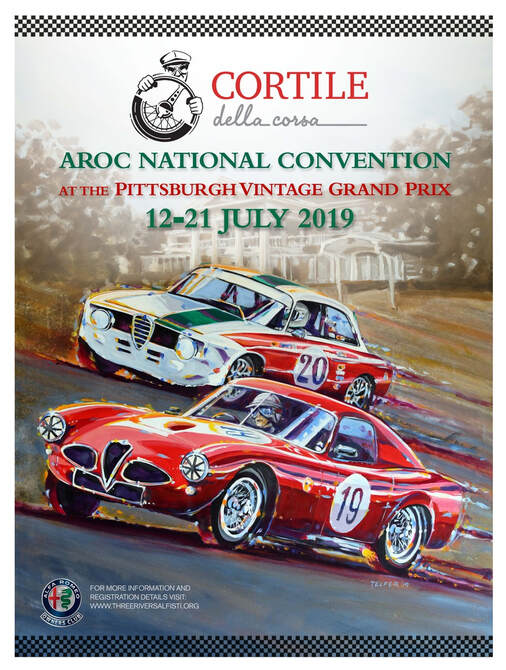 The 2019 Spotlight car of the Pittsburgh Vintage Grand Prix is Alfa Romeo. Poster art by artist Kelly Telfer. The 2019 Spotlight car of the Pittsburgh Vintage Grand Prix is Alfa Romeo. Poster art by artist Kelly Telfer. As you know, each year the Cortile selects a marque to highlight for our annual event. The Macchina of Alfa Romeo have been selected as our 2019 Proiettore Macchina! Joining us this summer is the Alfa Romeo Owners Club (AROC) who will be holding their North American Convention and honored also as the spotlight car of the 2019 running of the Pittsburgh Vintage Grand Prix.. The theme for the AROC convention is "Cortile della Corsa", the "Courtyard of Racing" and will feature Alfa Romeo's on the track as well as iconic racecars on the showfield. Be sure to check out the poster car that was raced by Fangio and Phil Hill. Wine on 9 & Lunch on 9! 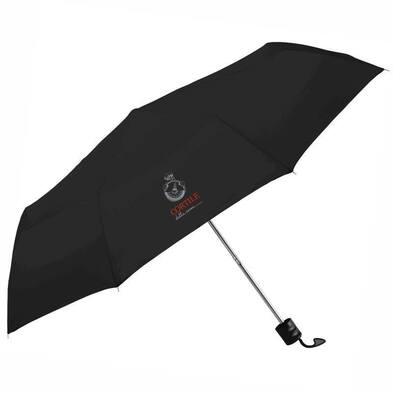 Deb Schurko came up with the idea of Wine Tasting on Turn 9 a few years ago and it's become the best place to watch the races on Sunday. Plenty of shade and some wine tasting, courtesy of Mazza Winery, after the opening ceremonies and parade! This year we're introducing something new, but first... This year, we've had a slight price increase on weekend registration to $150. After 10 years we've experienced a few cost increases and it was time to adjust up a bit to make sure we where keeping our contribution to the charity growing compared to the other marques down the hill from us. JKS Sponsors Lunch on Sunday! But, in conjunction with Wine on 9 at the Westinghouse Pond on Sunday,we've also got a NEW sponsor in JKS Financial . As a company with more than 45 years of combined experience, JKS Financial prides themselves with the relationships they build with their clients and they want to build some charitable relationships with us! This summer they are sponsoring and hosting the Sunday Catered Lunch at the Westinghouse Fountain.  This year your weekend entry will get you lunch for two on both Saturday and Sunday! We've also upgraded some of our goody bag stuff. This year we're including a collapsible umbrella (to keep you in the shade of course) and some beeswax lip balm so your lips aren't burned for the wine tasting! And you will love this year's t-shirt! It features the poster art you see up above. Artist Kelly Telfer will be on hand to autograph the posters and even your shirt or hat. Oh! I forgot to mention the hat! This year's is different from previous years. You'll just have to wait and see that! Meet the Cortile Judges! If you have not gone over to the judges tent at the previous years events and chatted with the judges you may just want to do that.
Did you know that Steve Barney was the first person outside of a direct Ferrari employee to ever get to own a Ferrari Grand Prix Car? Ask Steve about Nikki Lauda's F1 Car that he owned thanks to his friend Enzo Ferrari. Steve is also the founder of Foreign Cars Italia in the south and is pretty intimate with all Italian marques. You may also want ask some questions of Tom Frasca. Tom was Dipendenti Ferrari for the North American Racing Team, more commonly known at NART. Tom served as Luigi Chinetti's right hand man for 26 years until 1994 and was a witness to much of the history that has made Ferrari an iconic name today. Stop by the judges tent at 2pm to ask them some questions! Now, to do all that you've got to register! If you have not done so already, click the button below and register now for the Cortile Weekend. (If you own an Alfa Romeo CLICK HERE instead). Thank you very much for your continued support of our charities! Bernie In July of 2018 The Pittsburgh Vintage Grand Prix will celebrate BMW as the Marque of the Year. Up on the hill at the Cortile, we will be celebrating the family who created the car that saved BMW.
The Rivolta Family founded Iso Autoveicoli S.p.A, an automobile and motorcycle maker in Italy. The company was active from the late 1940s through the early 1970s. Iso are known for the iconic Isetta bubble car, later of BMW fame, in the 1950s, and for a number of powerful performance cars in the 1960s and early 1970s.
Today Piero Rivolta is active in land development, boat manufacturing, serious sailing, a world-respected chamber-music festival (La Musica), and a dozen other activities, including writing and publishing novels and books of poetry. From Refrigerators to Scooter: The early yearsDuring World War II manufacturing was tightly regulated after the Nazi takeover of Italy. The Rivolta family converted the lower levels of a castle into a refrigerator factory and employed much of the local town under the auspices of it being a vineyard and winery. It's a remarkable story in and of itself with false walls and Nazi searches and some rather harrowing experiences. After the Second World War, the company reopened its doors and, in 1948, began to build motorcycles, scooters and motocarries - three-wheeled transport scooters/motorcycles. Renzo Rivolta had recognized a unique opportunity and jumped in front of his competitors by making performance transportation a priority in the post-war economy. New scooters where introduced at a rampant pace with the 'Furetto' in 1948, the 'Isoscooter' in 1950, the 'Isocarro' in 1951', the 'Isosport' in 1953 and finally the 'Isomoto' in 1954. The last Iso motorcycle was presented as the Iso 500 in 1961. Isomotos were known as expensive, very durable and very well-built. The twin piston engine developed at Iso had more power than the comparable Vespa and Lambretta models making the Iso's the performance choice in the post-war economy. The Birth of the Auto Scooter: The IsettaAs the economy began to expand in the early 1950's consumers in Italy wanted to travel to places without getting soaking wet on the back of a scooter and once again sitting down comfortably inside a car.
The Isetta caused a sensation when it was introduced to the motoring press in Turin in November 1953. However, soon after the Isetta was introduced, Fiat introduced the Fiat 500, at a similar price point, and it could seat four people. Rivolta and the team at Iso had gambled the company's success on the Isetta's, but soon they where sitting in the lot at the Bresso factory, unsold. In 1947, BMW was granted permission to resume motorcycle production. Its first post-war motorcycle was released in 1948. In 1952 BMW resumed production of automobiles, with the BMW 501 large sedan. Unfortunately consumers did not want or could not afford large sedans and BMW was facing some some financial woes that could mean the end to the company as well. They approached Rivolta and proposed buy-in the entire assembly line and moving it to Germany under license. The assembly line was moved from Bresso to Munich, the engine was upgrade to 250cc and the braking system improved. Over 160,000 Isetta's where produced and the royalties that Rivolta received on each sale funded the next development which would place the name ISO in the annuls of Italian motoring legend. Many credit the Isetta with keeping the BMW out of bankruptcy through 1959 -1960. The Rivolta -Bizzarrini relationship: Birth of the Iso GrifoMeanwhile, back in the Bresso factory in Italy, Rivolta was on something intended to compete with Ferrari and Maserati GTs. First launched was the Iso Rivolta IR 300 that premiered at the Torino Show in 1962. The IR 300 was an elegant 2 + 2 Coupé with well-balanced technical components and outstanding driving performance. It was powered by a 5.4 L Chevrolet V8 Small-Block engine and transmission that both came from General Motors in Detroit. The deDion suspension and four-wheel disc braking system came from the large Jaguars of the time. Iso's most iconic automobile, however, was the Grifo. The Iso Grifo was a limited production grand tourer manufactured between 1965 and 1974. It also utilized a series of American power trains and components supplied by Chevrolet and Ford to ensure performance and maximize reliability. Styling was done by Giorgetto Giugiaro at Bertone. The mechanicals were attributed to Giotto Bizzarrini, but the reality was that much of the mechanicals where in done in-house at Rivolta. Rivolta and Bizzarini needed each other for business reasons: Rivolta needed to attach the Bizzarini reputation to the performance perception of the new vehicle to compete with the likes of Ferrari and Maserati. The high performance scooters and the cute, spunky Isetta's just didn't quite convey the performance of the racing pedigrees of the other Italian sports car marques. Who was Giotto Bizzarrini Bizzarini started his career at Alfa Romeo in 1954 and in 1957 he moved over to Ferrari, eventually becoming controller of experimental, Sports and GT car development. He worked at Ferrari as a developer, designer, test driver, and chief engineer for five years. His developments there included the Ferrari 250 TR, the Ferrari 250 GT SWB (Short Wheelbase Berlinetta, aka "Berlinetta Passo Corto"), and the 1962 Ferrari 250 GTO. Bizzarrini was fired by Ferrari during the "Palace Revolt" of 1961. Bizzarini became part of Automobili Turismo e Sport, ATS, a company started by the ex-Ferrari engineers to build a Formula 1 single seater and a GT sport car, the A.T.S. Serenissima. One of ATS's financial backers, Count Giovanni Volpi, hired Bizzarrini to upgrade a Ferrari 250 GT SWB, to GTO specifications. This resulted in the "Ferrari 250 GT SWB Drogo" also known as the "Breadvan" which became quite famous in it's own right. But, that, as they say is another story... Bizzarrini's engineering company, Societa Autostar, was commissioned to design a V-12 engine for a GT car to be built by another dissatisfied Ferrari customer, Ferruccio Lamborghini. Lamborghini considered the resulting engine to be too highly strung, and ordered that it be detuned. As you can see, Bizzarini was involved in some pretty significant sports cars, but, although he had developed quite a reputation, by the time he was asked to join forces with Rivolta, he lacked the bankroll to support his racing habit. Rivolta had become financially stable as a result of the BMW license of the Isetta but needed Bizzarrini's reputation to add to the vehicle they had already almost fully developed in-house. The two joined forces. It was a short lived relationship and neither of the high strung alfa males got along with the other. But, in that brief period, they created the Iso Rivolta GT, and the Iso Grifo A3L and A3C. THE ISO GRIFO and RacingThe Iso Grifo A3L was a monstrous idea for a super coupé, the L coming from Lusso. The result of the brilliant Giugiaro and Bizzarrini working together, it was based on a shortened Iso Rivolta GT chassis and was debuted at the 1963 Turin Auto show. The Grifo epitomised the 1960s Italian style with its handsome low and wide handmade bodywork. It was the fastest production car tested by Autocar Magazine in 1966 with a top speed of 160 mph. Later versions of the Grifo were powered by a big block Chevrolet Corvette 435 bhp engine. These 90 handbuilt units are distinguishable by the raised "pagoda style" scoop bonnet. Some of these Iso Grifo 7 Litri units were rebuilt later with even bigger engines. It was an aggressively designed machine, oriented to endurance races. It used normal ISO underpinnings but the engine was moved further back in the chassis frame than the Grifo A3L, protruding well into the driver's cabin, fitted with hot cams and fed by four big Weber carburettors, giving more than 400 bhp. Around 29 A3C sport cars were built under the ISO name. Five of these 29 cars were bodied in plastic/fiberglass by Piero Drogo at Carrozzeria Sports Cars in Modena. A3Cs were widely raced. Some cars entered the 1964 and 1965 Le Mans 24 hour, 1965 Nürburgring 1000 and 1965 Sebring. It achieved a Le Mans class win in both years and a 9th overall in 1965 with no factory support. A3Cs were one of the fastest cars on Le Mans' Mulsanne Straight in both years. The Future: IsoRivolta Vision Gran Turismo by ZagatoFor the gamer's out there who have competed on Sony’s "Gran Turismo Sport", you may recognize the IsoRivolta Gran Turismo that showed up in reality at the Tokyo Motor Show last month. That "pagoda style" scoop bonnet that features the iconic Rivolta Grifo, is a nice throwback to the Iso Grifo 7 Litri. Zagato announced that it will build between three and five of them for actual customers. “The IsoRivolta Vision Gran Turismo was created to drive in the virtual-reality world, a world created by Gran Turismo. There is no mass in the virtual-reality world, as it remains a place that exists only in our imagination... Like a Mobius strip, the PlayStation game has allowed ourselves to be transported from reality and thrust into a world of pure fantasy, and then back again. The body style of the IsoRivolta Vision contradicts the sense of oneness that has evolved over the past hundred years of automotive design... Our next wish is that this car, which was born in Gran Turismo, will take to the road in real life and one day grow larger in your rear view mirror, eventually passing you at high speed. When this happens, you will feel the limits of your imagination being severely tested, blurring reality.” ~Norihiko Harada, VP of Design at Zagato by Bernard Martin, Managing Director, Cortile Italian Car Show The 2017 Amelia Island Concours d'Elegance exemplified grace under pressure. With a 100% chance of heavy precipitation forecast for Sunday for the scheduled Concours d'Elegance and a sunshine-filled Saturday in the mix, Bill Warner and his team chose to move Sunday’s award-winning Concours to Saturday. No small undertaking. 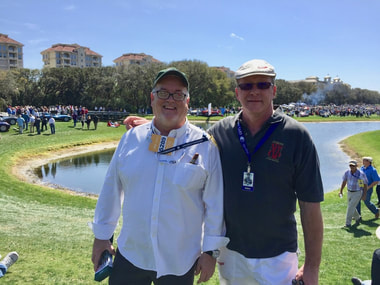 Cortile Cup Chief Judge Wayne Long and Cortile Managing Director, Bernard Martin at the Amelia Island Concours d'Elegance Cortile Cup Chief Judge Wayne Long and Cortile Managing Director, Bernard Martin at the Amelia Island Concours d'Elegance As I was having lunch on Friday with several other writers, I noted that I had heard that Warner and his team had come up with a "Plan B" back in 2000 if a weather event caused the the Concours to be moved. As happenstance would have it, one to the people at the table chimed in "I'm on the Board and THIS is Plan B. We are in it. There isn't a Place C. We'll see if it works" It's a momentous task shoehorning a full schedule of Saturday and Sunday events into one day. The Concours show would now coincide with Saturday’s "Cars & Coffee at the Concours presented by Heacock Classic Insurance". The entire Cars and Coffee show field had to be relocated to an adjoining field, transport staff had to move up plans for unloading Concours cars by a full day; with cars that where still en route! It required parking two different cars shows at the same time. Warner and his staff, according to rumor, had to make it all happen with 40% less volunteers who where only scheduled for a Sunday event. No small undertaking. It went off gracefully. It was a tremendous show. Warner and his team pulled a rabbit out of their hat while herding cats and looked great doing it! It also made the task of trying to see over 600+ cars in a short period of time just as daunting. Nevertheless, I was able to find some very nice examples of rolling Italian art on both the Concours and Cars and Coffee Showfield. The Best of Show - Concours de Sport: |
| The first 10 customers at Ron Lewis Alfa Romeo will be invited to display their new Alfa Romeos within the Proiettore Macchina show at this year’s Cortile. Each owner will receive lunch amenities, a dash plaque, race program and poster. Alfa Romeo lovers, at Ron Lewis Alfa Romeo, “We Have Your Keys℠” – or should we say, “Abbiamo Tuo Chiavi!” |
The Pittsburgh Vintage Grand Prix, presented by the Greater Pittsburgh Automobile Dealers Foundation, has a mission is to produce a world-class vintage racing event in order to raise funds that help provide residential care, treatment and support individuals with autism and intellectual and developmental disabilities in the Pittsburgh region through the Autism Society of Pittsburgh and Allegheny Valley School. More information is available at http://www.pvgp.org
Founded in 1975, today the Ron Lewis Automotive Group has grown to over 300 employees and seven dealerships located in Pleasant Hills, Waynesburg, Cranberry and Beaver Falls. Our group comprises: Ron Lewis Chrysler Dodge Jeep Ram Pleasant Hills; Ron Lewis Ford Beaver Falls; Ron Lewis Chevrolet Beaver Falls; Ron Lewis Kia Beaver Falls; Ron Lewis Chrysler Dodge Jeep Ram Fiat Cranberry; Ron Lewis Chrysler Dodge Jeep Ram Waynesburg; Ron Lewis Alfa Romeo / Pre-Owned Cranberry.
Our mission is to pleasantly surprise our customers with a remarkable vehicle purchase and ownership experience. We do this by remaining committed to our customers’ experience and remaining competitive on selection and price. Today “We Have Your Keys℠” to over 1,500 vehicles in inventory, offer two body shop locations, are home to Pittsburgh’s Souped Up Jeep℠ and Souped Up Truck℠ services, offer the only Souped Up Garage on the East Coast, and sell everything from under-$9,000 used cars, to heavy duty trucks, to high performance SRT vehicles. Ron Lewis Automotive now proudly offers “On-Demand” services, including test drives, trade appraisals, “Buy Online” capability and vehicle delivery to a customer’s home, office, or location of choice. To learn more about our organization or to shop for your next vehicle online, visit us online at www.ronlewisautomotive.com.
Alfa Romeo has been selected as our 2017 Proiettore Macchina! Alfa Romeo has a legendary history, made up of great designers, racers, victories and revolutionary innovations. We have not featured Alfa Romeo since 2010 during the 100th Anniversary celebrations and we're very excited to welcome them back!
A Brief History of alfa Romeo
Alfa Romeo has competed successfully in Grand Prix motor racing, Formula One, sportscar racing, touring car racing, and rallies over it's illustrious history. It has competed both as a constructor and an engine supplier, usually under the name Alfa Corse or Autodelta, and private entries.
The first racing car was made in 1913, three years after the foundation of the company, and Alfa Romeo won the inaugural world championship for Grand Prix cars in 1925.
The company became a legendary icon in motorsports when Enzo Ferrari founded the Scuderia Ferrari racing team in 1929 under the Alfa Romeo racing team, before becoming independent in 1939. Alfa Romeo holds the world's title of the most wins of any marque in the world.

Read more below....
Atribution
This is a compilation of articles from a variety of sources and contributors. Attrition and sources are always provided at the top and/or the bottom of the posting.
Archives
August 2023
June 2023
May 2023
April 2023
March 2023
February 2023
January 2023
August 2022
June 2022
March 2022
February 2022
January 2022
July 2021
June 2021
April 2021
March 2021
July 2020
June 2020
May 2020
February 2020
June 2019
January 2019
May 2018
April 2018
October 2017
September 2017
August 2017
July 2017
June 2017
May 2017
April 2017
March 2017
February 2017
January 2017
October 2016
September 2016
August 2016
June 2016
May 2016
April 2016
March 2016
February 2016
January 2016
December 2015
November 2015
October 2015
September 2015
August 2015
July 2015
June 2015
May 2015
April 2015
March 2015
February 2015
January 2015
December 2014
November 2014
October 2014
July 2014
June 2014
May 2014
March 2014
July 2013
June 2013
January 2013
September 2012
July 2012
May 2012
August 2011
Categories
All
250-gt-lusso
50-anni-di-passione-tour
Abarth
Alex Wakefield
Alfa Romeo
Alfa Romeo Giulia
Alfa Romeo Giulietta Veloce
Alpine
Amelia Island
American Lancia Club
Amy Burns
Artist
Artist: Lyn Hiner
Auriana
Autobianchi
Auto Palace
Autovetture Piccole
Baierl Fiat
Bandini
Bernard Martin
Bertone
Bizzarrini
Bobby Rahal
Bugatti
Cavallino Rampante
Citroën
Concorso Italiano
Convention
Cortile
Cortile Cup
Cortile Della Corsa
David Adams
Derham-custom-body
De Tomaso
Dwight Knowlton
Elvidio Grande
Ferrari
Ferrari 250LM
Ferrari-308-gtb
Ferrari-328-gts
Ferrari Club America
Ferrari-market-letter
Ferrari NART 1512
Ferrari Of Philadelphia
Fiat
Fiat-club-america
Fiat-freakout
Formula One
Fred Simeone
Ghia
Giorgetto Giugiaro
Greenbrier Concours
Hahn-and-vorbach
Huracana110f686eb
IndyCar
Innocenti
Innocenti Mini
Insurance
Iso Autoveicoli
Iso Rivolta
Ivan Ruiz
Jason Moka
Jeff Mahl
John Campion
John Walko
Juan Manual Fangio
Kate Gundlach
Kelly Dietrick
Lamborghini
Lancia
Lancia 037 Rally Evo
Lancia 037 Rally Evo Group B
Lancia Beta Montecarlo
Lancia Delta HF Integrale 8V
Lancia Delta S4
Lancia Flaminia Gtl
Lancia LC1
Lancia LC1 Group VI
Lancia LC2
Lancia LC2 Group C
Lancia Stratos HF Works
Lanica Fulvia 1600 HF
LeMans
Little Red Racing Car
Luigi Chinetti
Mario Grande
Marque Of The Year
Maserati
Maserati-300o-gt-tc
Maserati-century
Maserati-of-pittsburgh
Mazza Winery
Miura
Monterey Historic
Monterey-motorsports
Muira
NART
N.A.R.T. - North American Racing Team
NART North American Racing Team
New York To Paris
Peugeot
Pitt FSAE
Pitt Race
PoloStorico
Proiettore Macchina
PVGP
Pvgp Racing
Ralph Gilles
Renault
Renzo Rivolta
Restoration
Rob Straw R7 Photography
Ron Lewis Alfa Romeo
Sergio Marchionne
Sergio-pininfarina
Sergio-scaglietti
Siata
Sponsor
Stanguellini
State Farm
Stephan-winkelmann
Test Drive
Through The Gears
Tom Bungay
Tom Frasca
Tom Tjaarda
Vintage Racing
Walt Spak
Wayne Long
Westinghouse Memorial
Wine On Nine

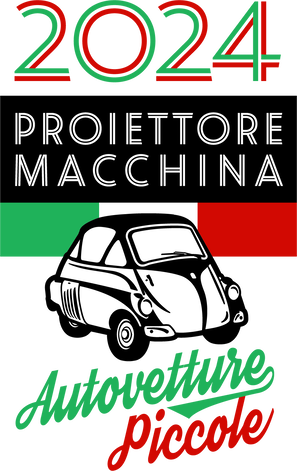
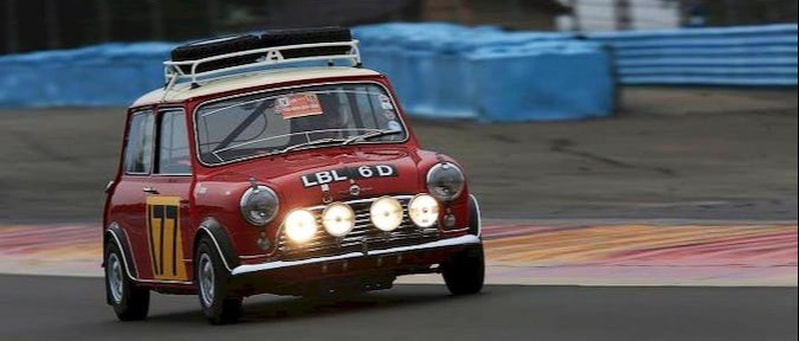

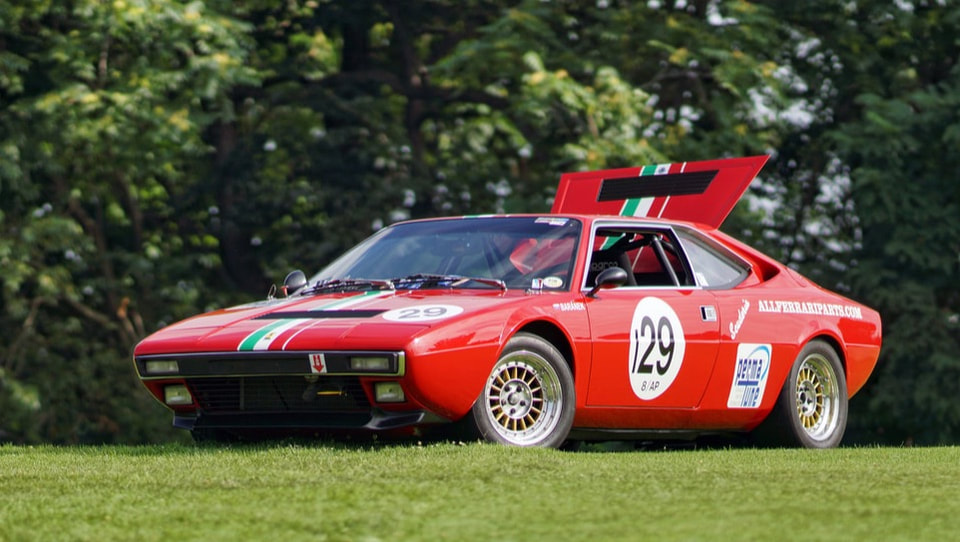
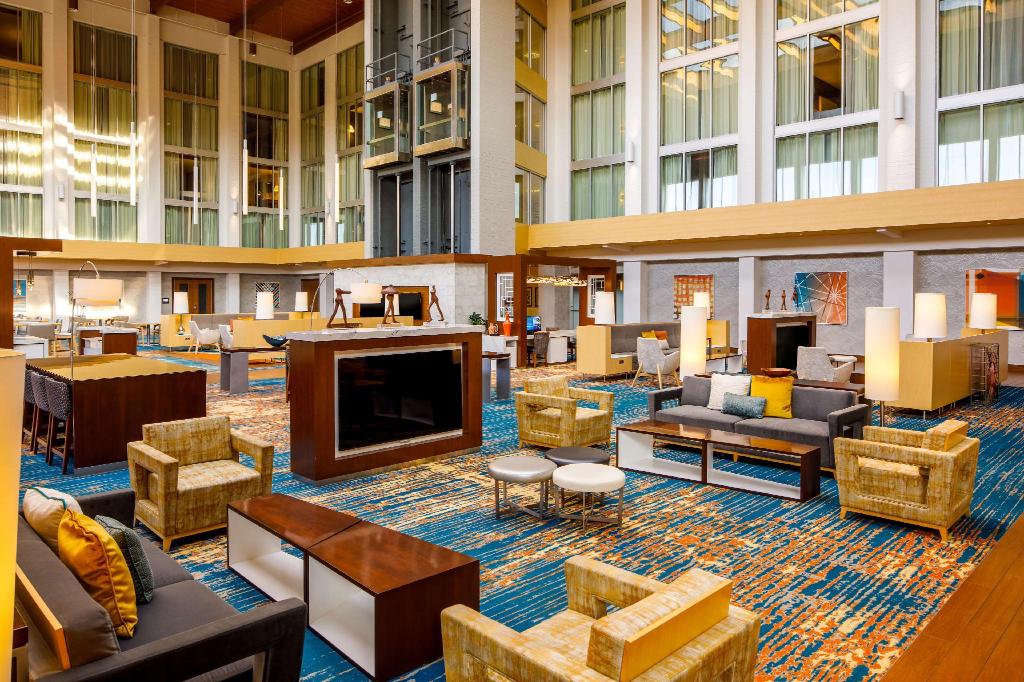
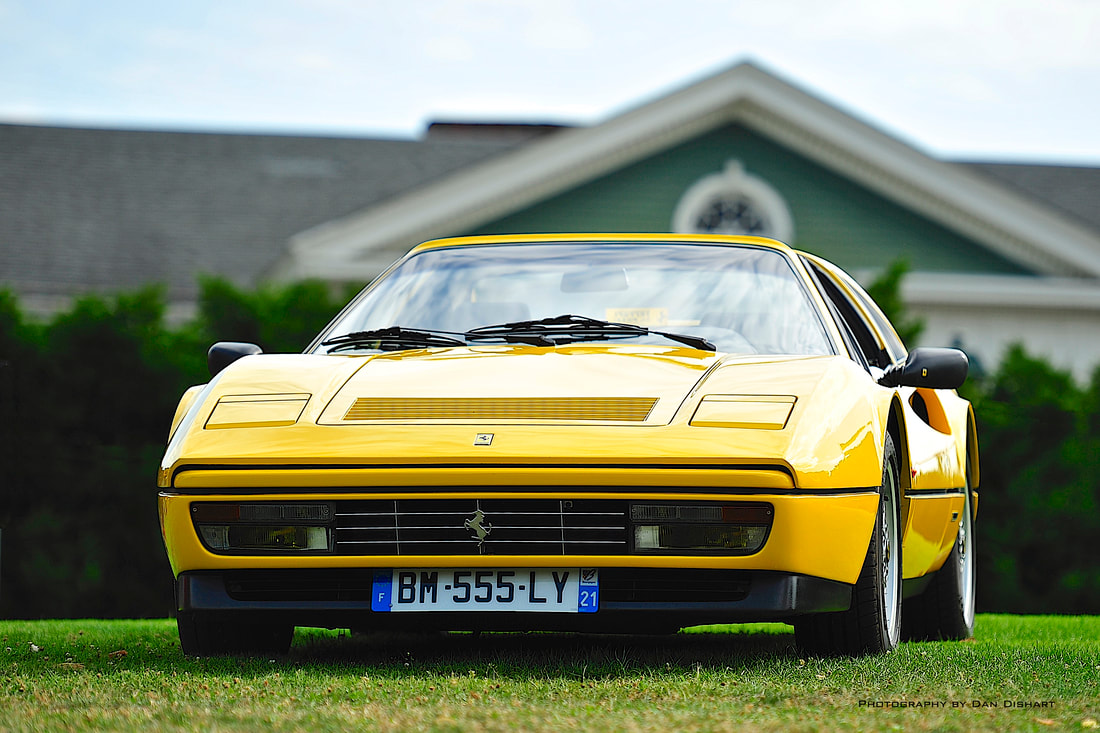
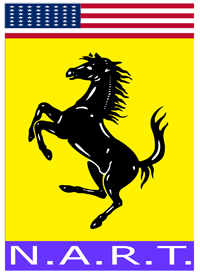
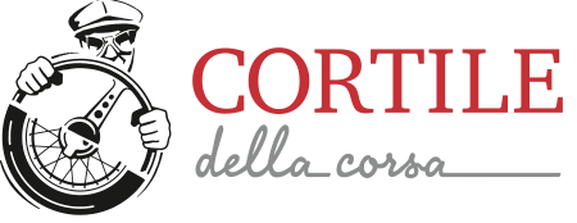
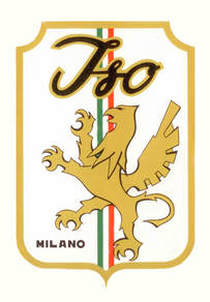
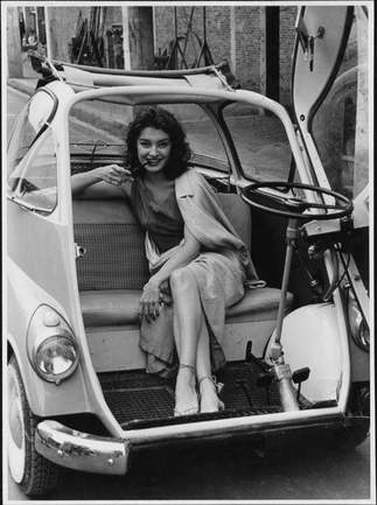
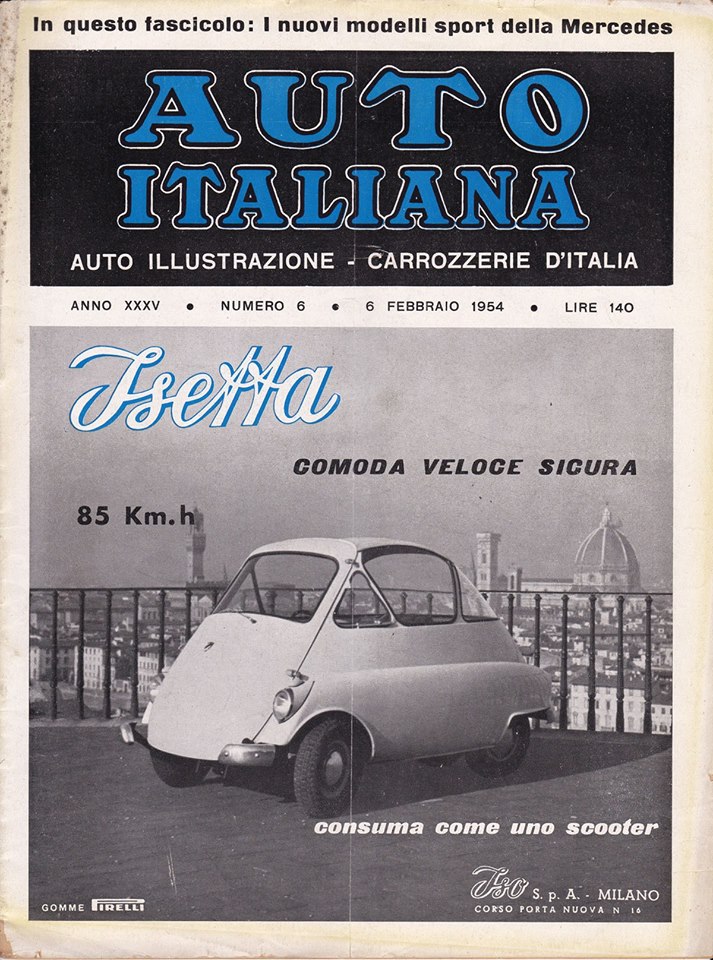

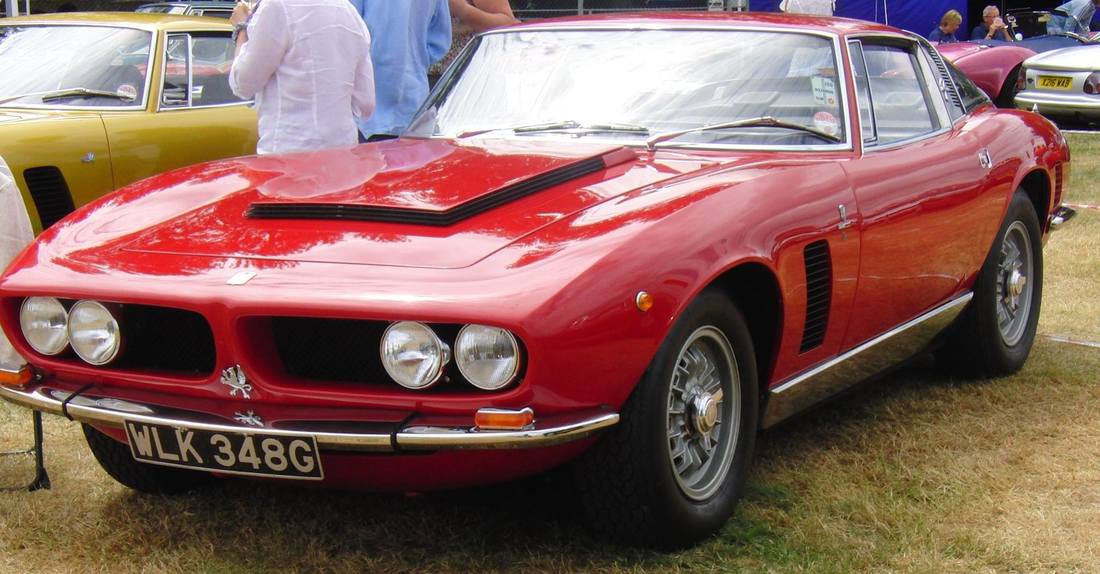
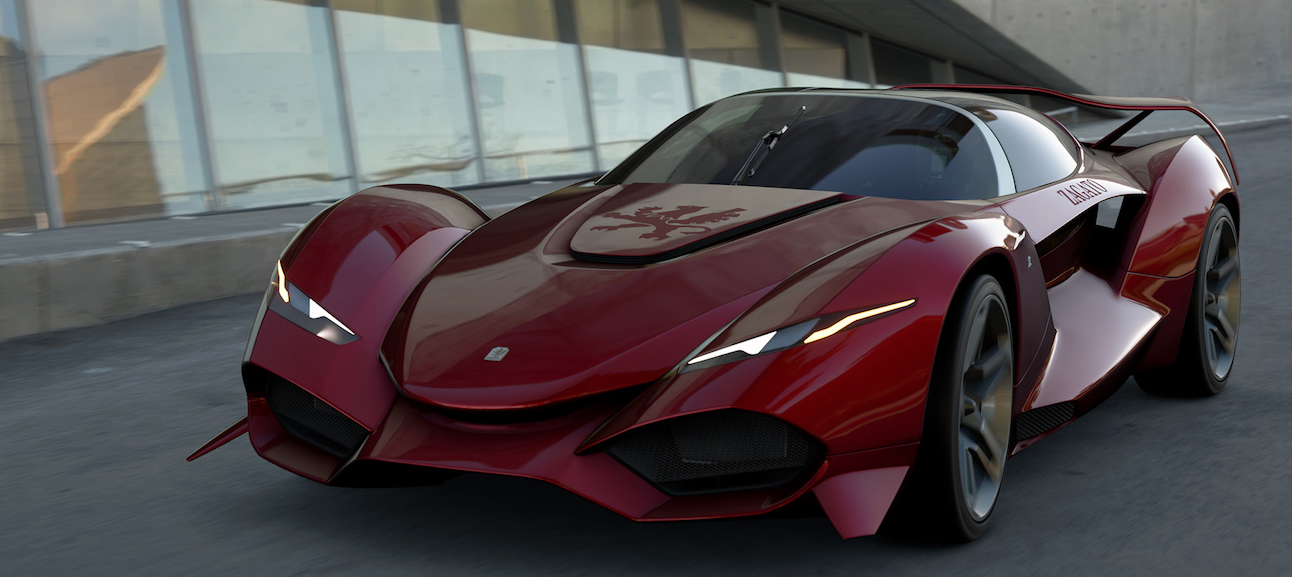
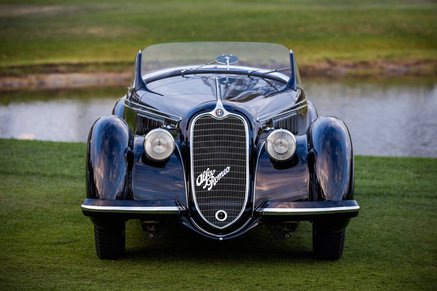
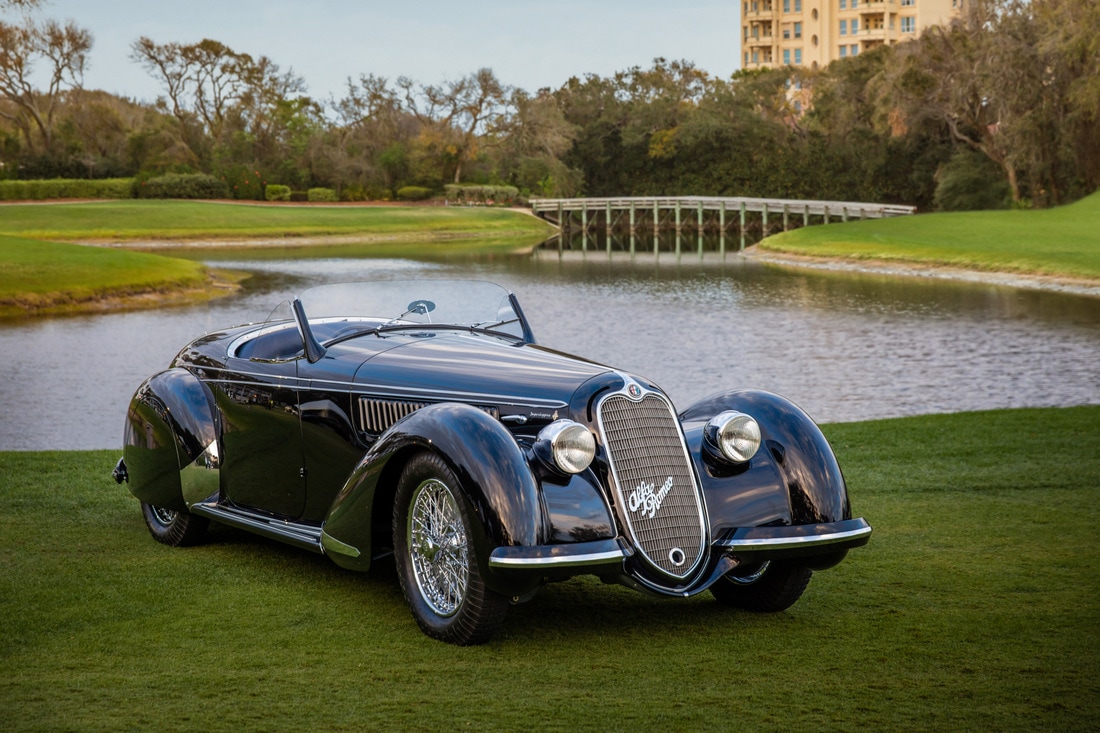
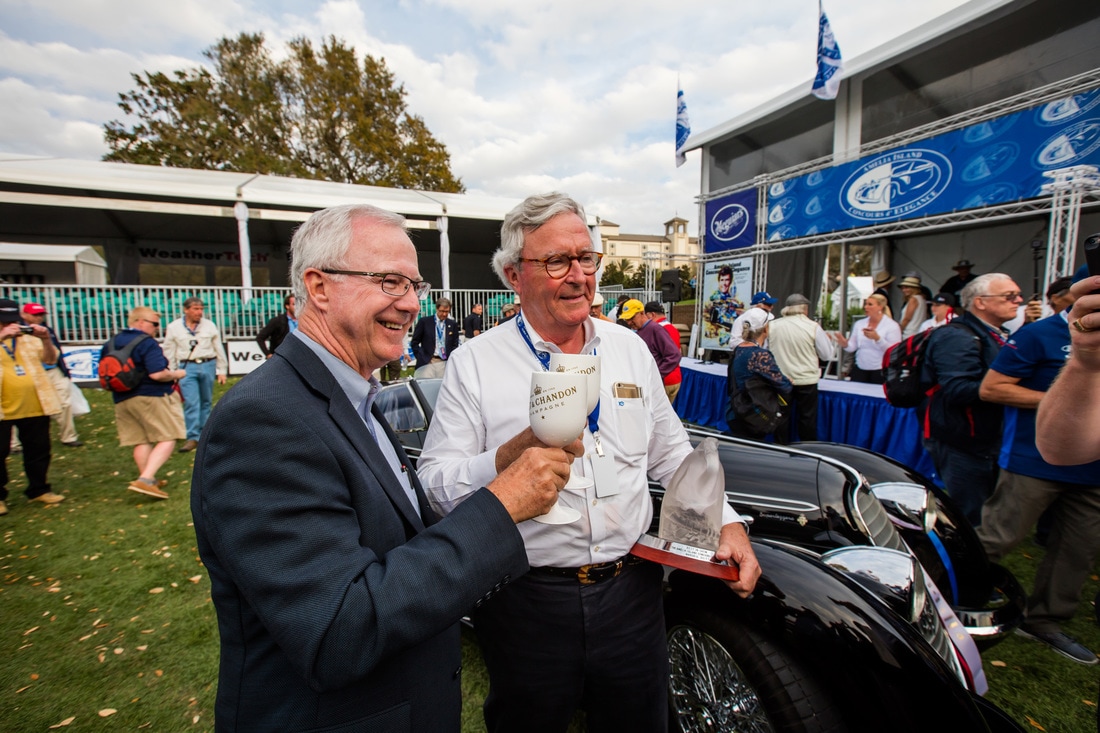
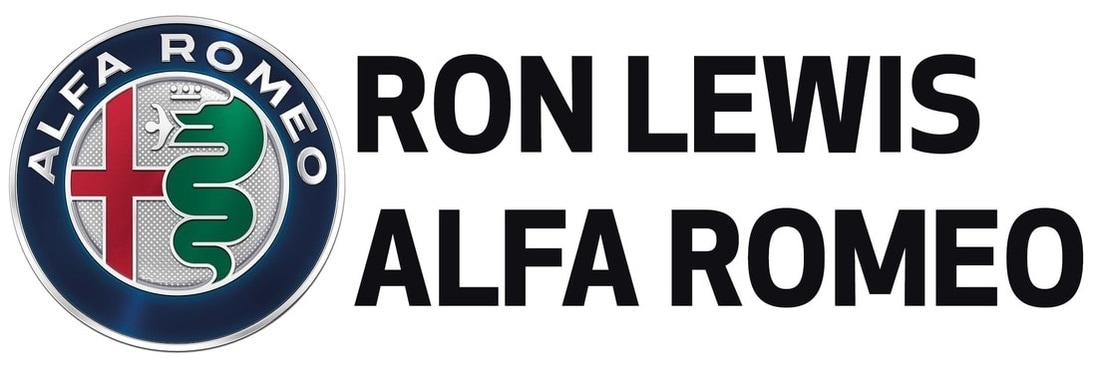
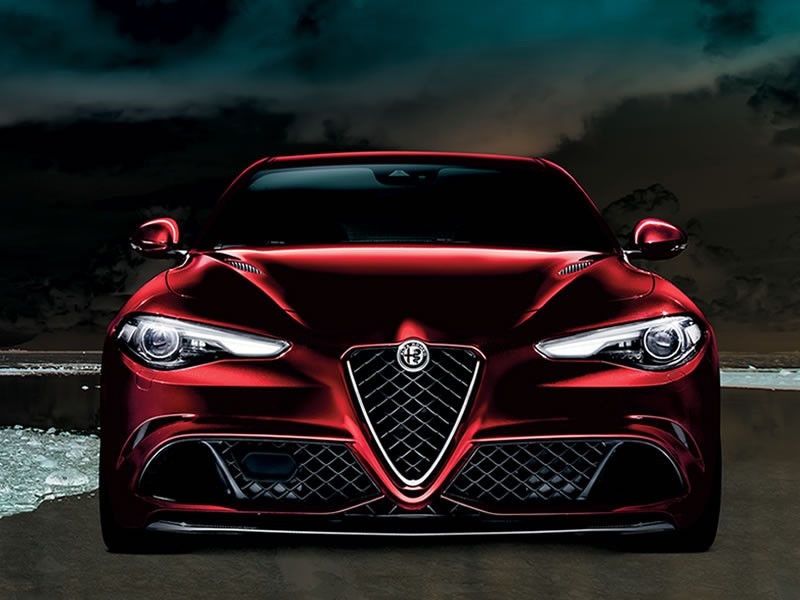


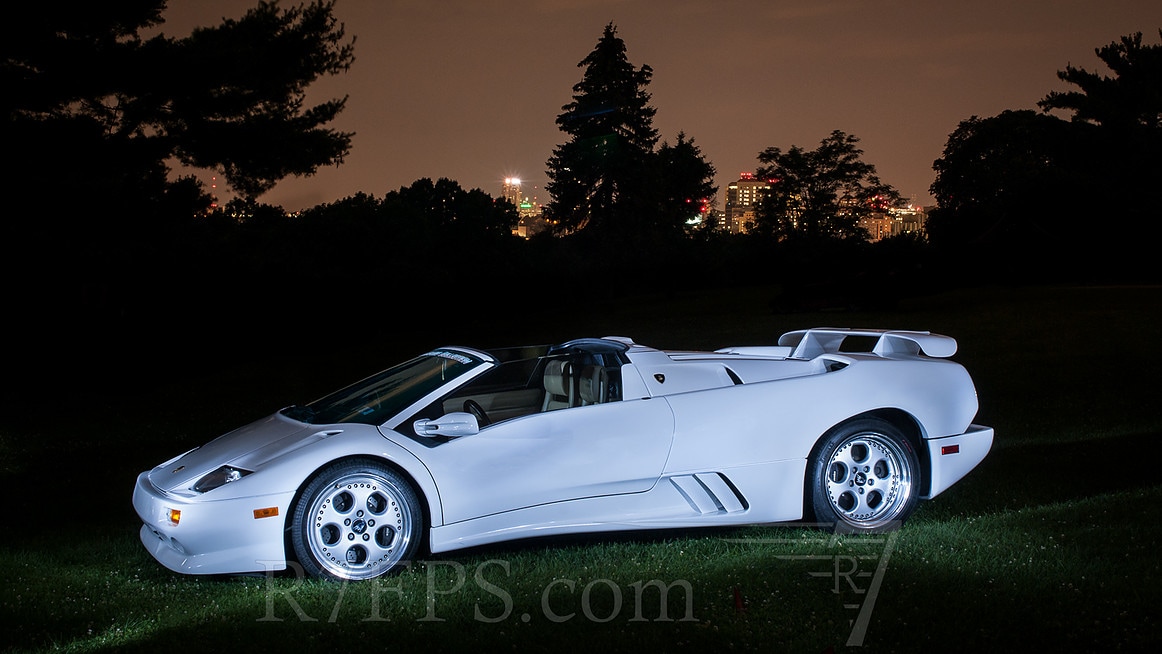
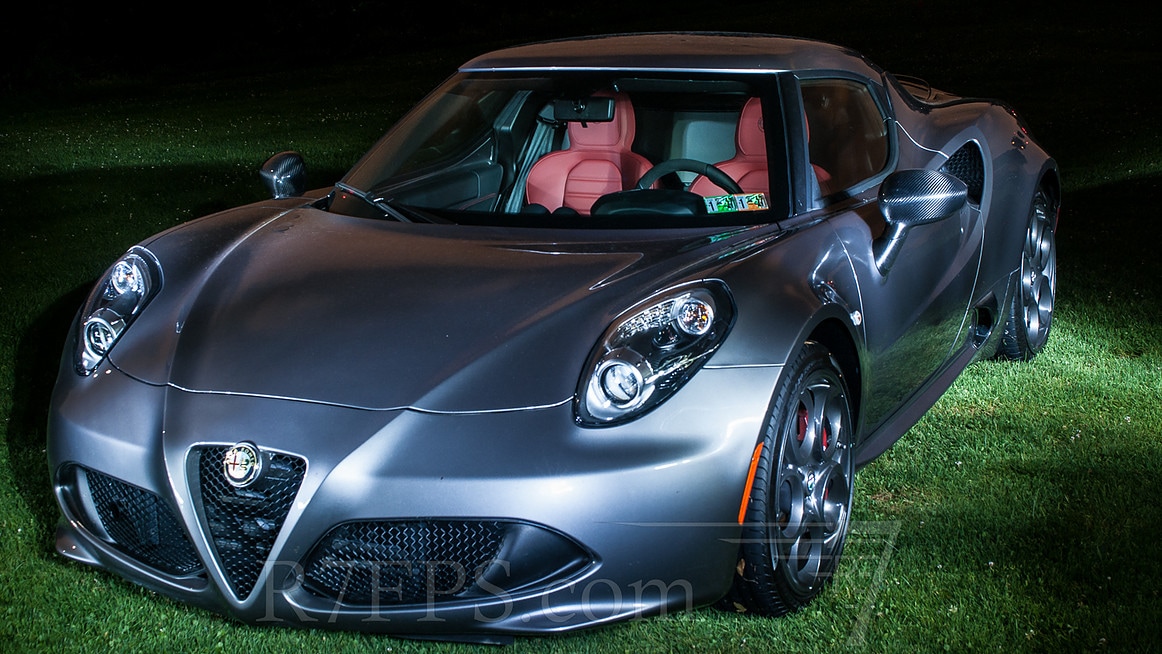
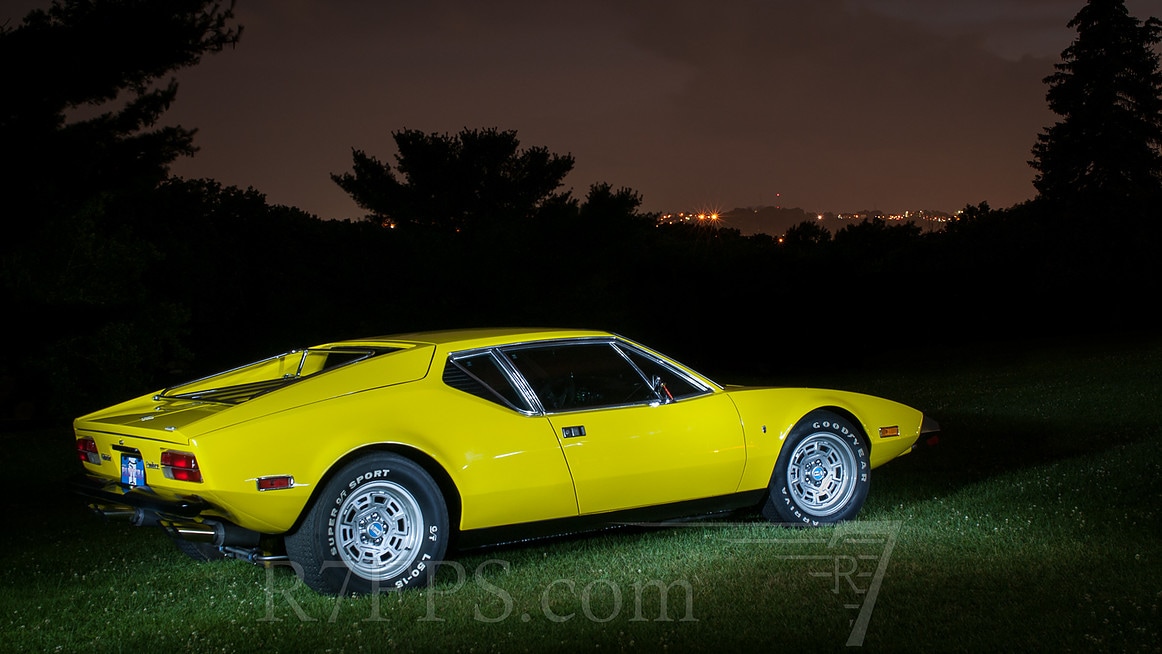
 RSS Feed
RSS Feed
